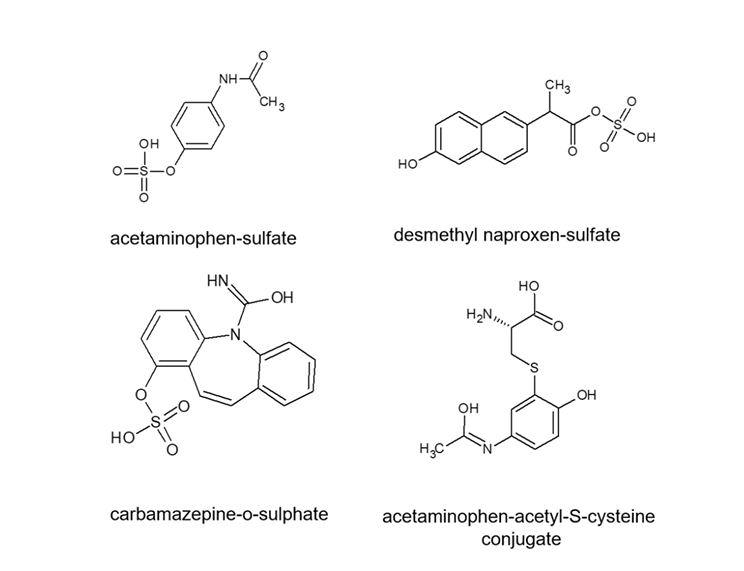
Potentially toxic drug metabolites can be difficult to detect and identify in the presence of complex matrices such as blood and urine. Using multiple analytical approaches to improve detection rates and identification confidence increases cost but more importantly slows, go, no-go decisions. Increasing LC-MS data specificity can help address these bottlenecks.
A UPLC-MSE (ES+ and ES-) data independent acquisition (DIA) urinary screening assay was previously performed using a SELECT SERIES™ MRT at an acquisition rate of 10 Hz, with a system mass resolving power >200,000 FWHM. Precursor and fragment ion part per billion (ppb) accurate mass measurement facilitated the identification of metabolites of three therapeutic drugs present in a patient’s urine sample.
Further confirmatory investigations have been performed using ultra high mass resolution MS in combination with Ultra Performance LC™ (UPLC™). Resolution Enhancement Mode (REM) has a system resolving power >300,000 FWHM and delivers fine isotope structure (FIS) with ppb mass accuracy providing highly specific identification criterion and is a powerful tool to determine elemental composition and facilitate confident assignment of metabolite identifications.
High resolution mass spectrometry coupled with liquid chromatography is an ideal analytical tool for discovery and identification of drugs and their metabolites in complex biological matrices, aiding drug development workflows. Increasing mass resolution and mass accuracy subsequently increases confidence in compound assignment.
The SELECT SERIES MRT (Figure 1) is a state-of-the-art hybrid quadrupole Multi Reflecting Time-of-Flight Mass Spectrometer (MRT).1 In MRT mode, where ions experience one pass of the MRT mass analyser, it provides a unique combination of high mass resolving power (>200,000 FWHM), and routine ppb mass accuracy, independent of acquisition speed.2,3 In Resolution Enhancement Mode (REM), ions experience two passes of the MRT mass analyser, as a result a system mass resolving power of >300,000 FWHM is attained.





